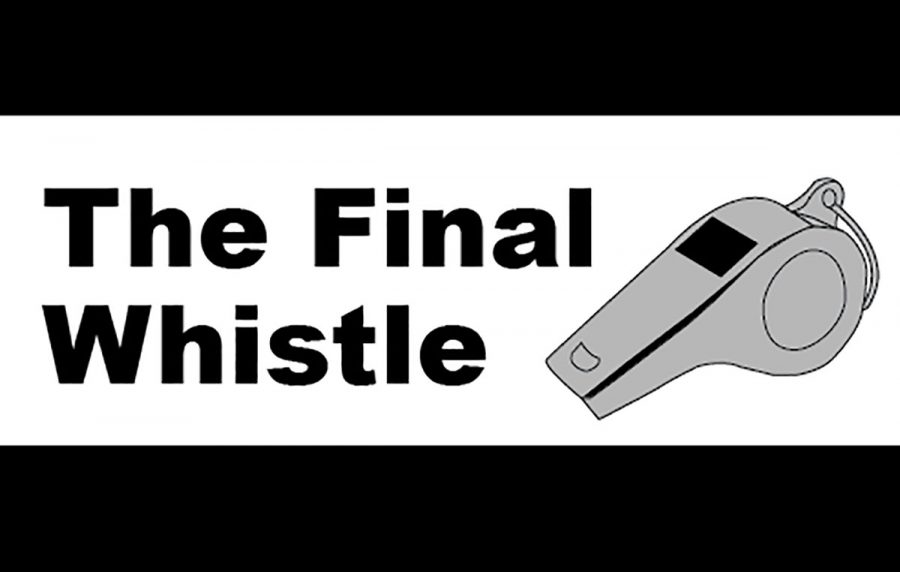The Final Whistle
March Madness and the lack of one-and-done players in the finals
More stories from Jon Fortier
Photo by Savannah Reeves
As the dust settles from March Madness, we are usually left with some controversy from the tournament. Whether it be a betting controversy, a missed foul call or a major injury to a top NBA prospect.
This year none of that happened, if you exclude the missed traveling call in the Auburn Final Four game.
This year was the example of a purely athletic competition that left the best team standing. It looked close going into overtime of the championship game on Monday, but number one seeded Virginia prevailed as the winner over Texas Tech.
The main take away from this year’s tournament is that experience wins the game. The Final Four teams had zero freshmen that played critical roles in their success.
In a year where freshman sensation Zion Williamson of Duke was the shining star of college basketball, his team was absent in the big game. This is a trend that we have seen over the last four years of tournament play, where teams with one-and-done players falter down the stretch.
One-and-done players are players that go to college for one year in order to be NBA draft eligible the next. This outlines an overall problem in college athletics which the NBA is currently addressing under new league commissioner, Adam Silver.
Silver says that he understands the NBA’s age limit has a direct impact on college basketball and the league is weighing its options to see if it is better for a player’s ultimate success if the NBA is interacting with them at a younger age.
This has led to the proposal of a new rule to end the one-and-done trend starting in 2022. The proposal outlines lowering the draft-eligible age from 19 to 18, therefore allowing top prospects to enter the NBA straight out of high school.
Though the proposed rule would not take effect until 2022, the NBA is currently trying to solve the issue now. The NBA’s minor league system, The G League, is offering top prospects contracts worth up to $250,000 to forgo their college eligibility to develop in the league. This would allow players to gain professional insight into basketball before their 19th birthday rather than playing in a college system that sometimes does not translate into success in the NBA.
That lump of cash sounds enticing to these elite athletes, but there are drawbacks to not playing college basketball. These athletes generally get a full scholarship to play basketball and have the ability to obtain a degree before entering the next stage of their life. It is hard to put a price tag on the value of a college degree in the long-run.
Then there is the issue of success in the NBA at such a young age. Not everyone is going to become the next Kobe Bryant or LeBron James, two superstars that famously entered the NBA straight out of high school before the draft-eligible age was changed from 18 to 19 in 2005.
Mentors and coaches need to be realistic with top high school prospects about the likelihood of success on the professional level when advising them with what to do in the next stage of their lives.
In conclusion, March Madness was a display of athletics in its purest form and seeing new teams in the championship game was refreshing, to say the least. Not seeing any prominent one-and-done players in the final begs the question of whether or not it is beneficial for these gifted athletes to play college basketball at all.
The NCAA and the NBA need to put financial gains on the back burner while they decide what is best for the players. They need a gentle reminder that without these athletes, there would be no NCAA or NBA.
Fortier can be reached at FORTIEJS@UWEC.EDU.


